The story of Ghia – part 1
The beginning In tracing the genealogy of coachbuilding firms, it turns out that they originated in the early years of the last century as…
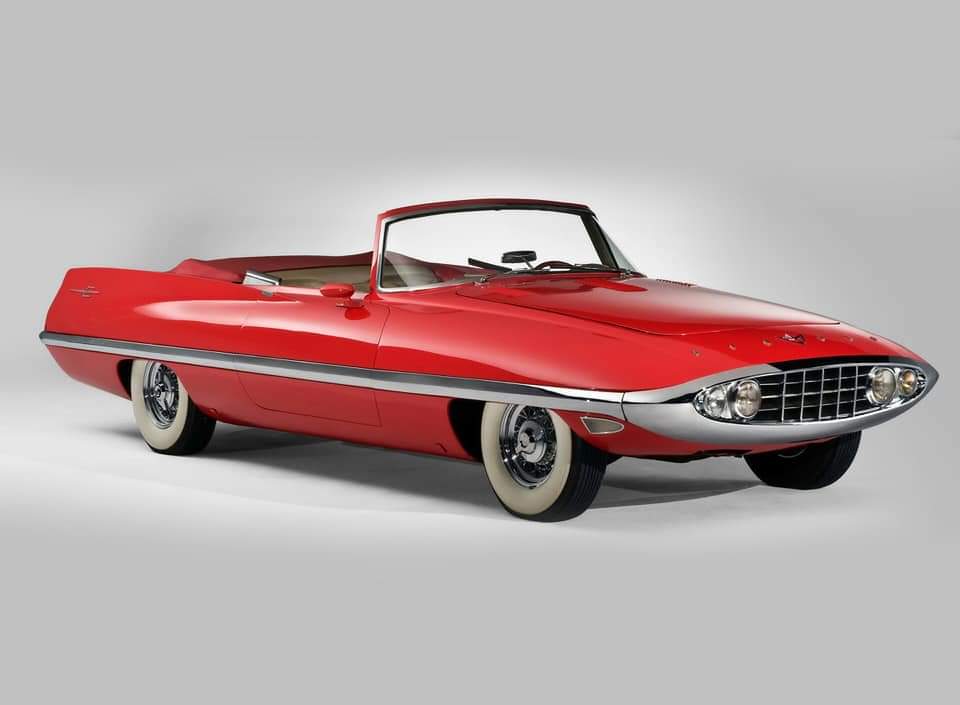
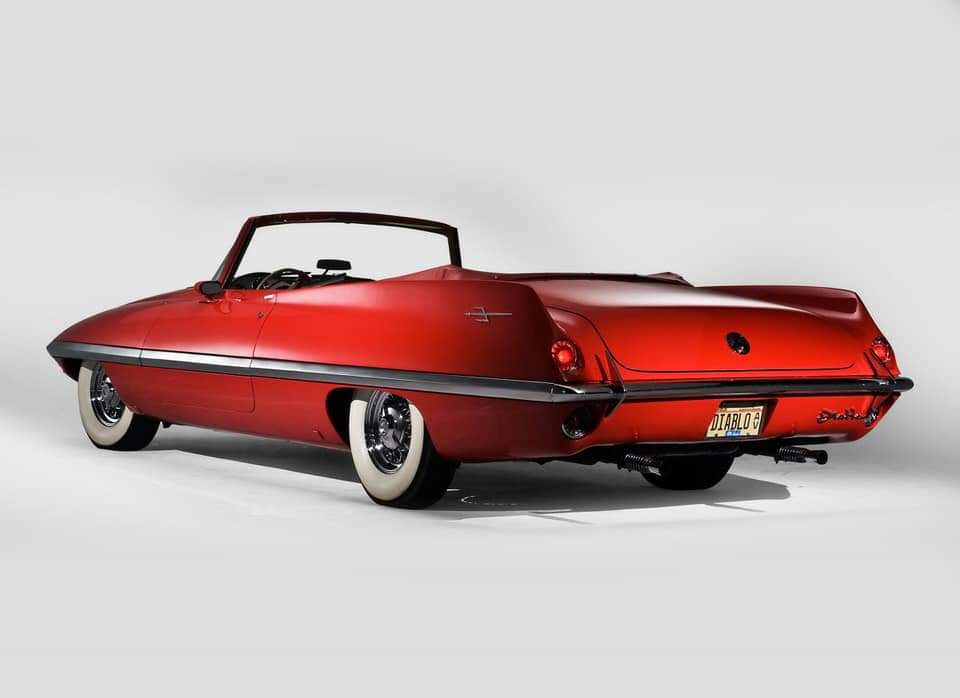
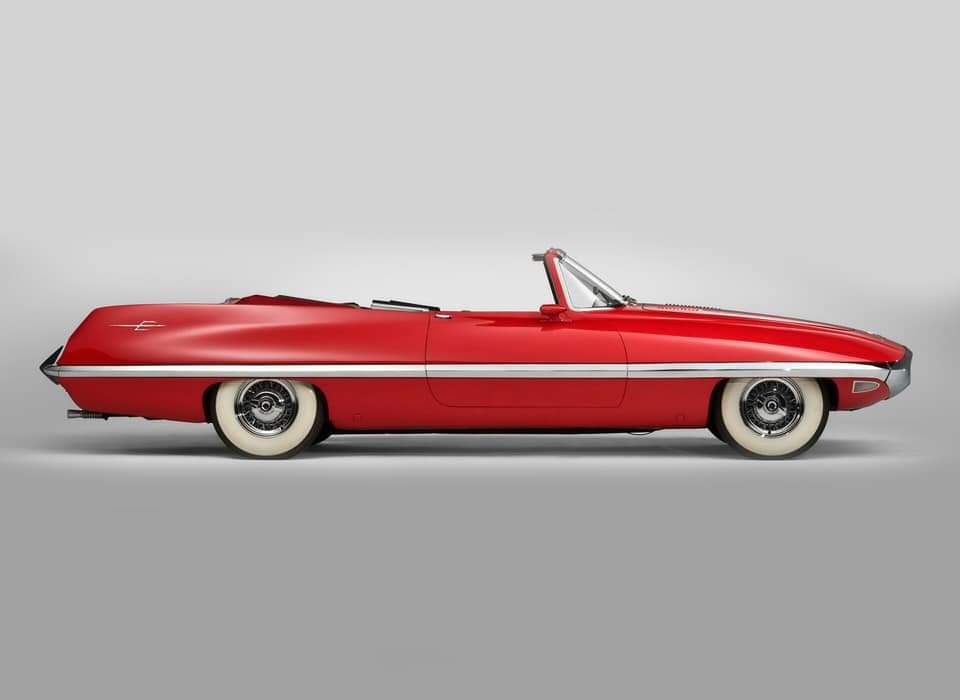
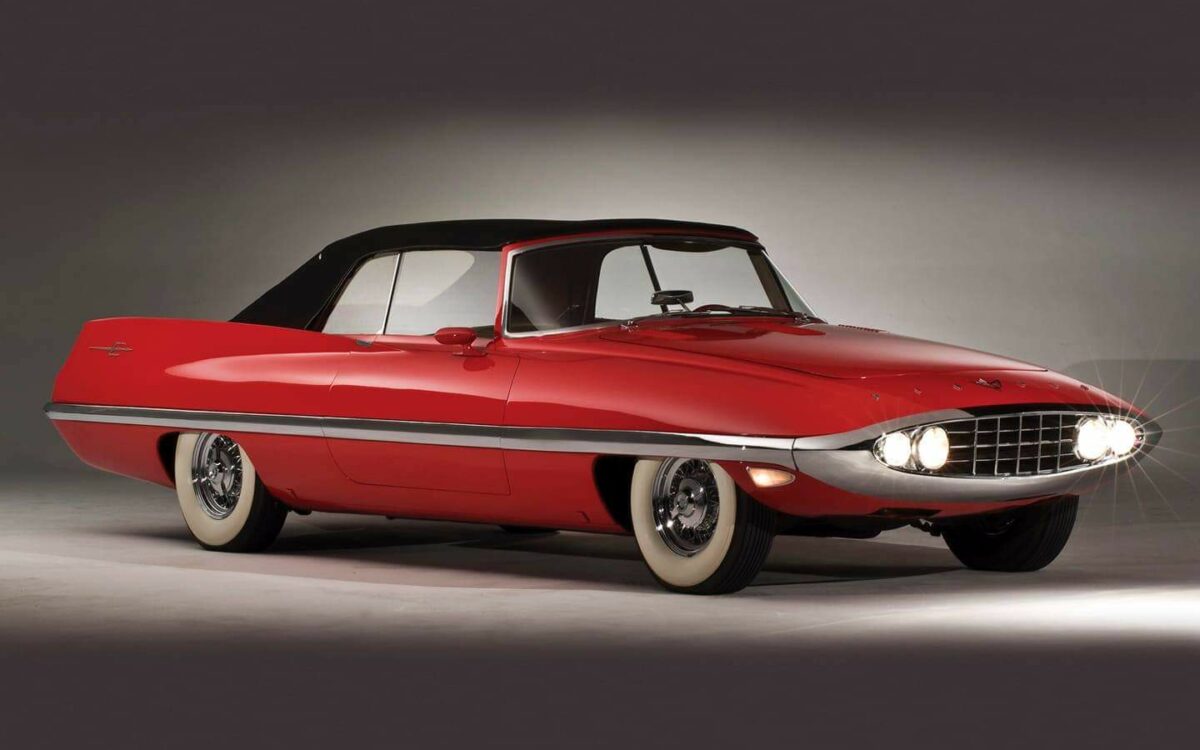
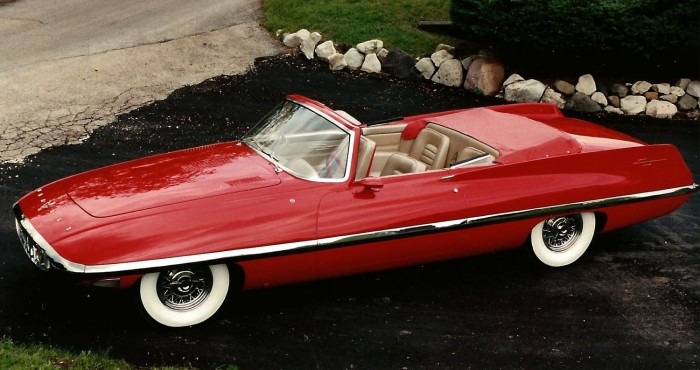
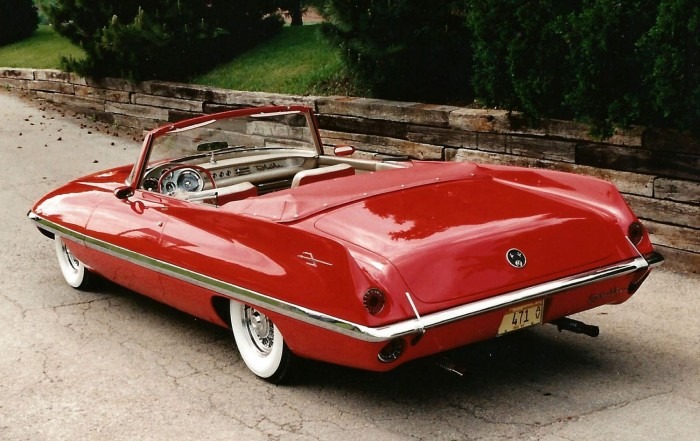
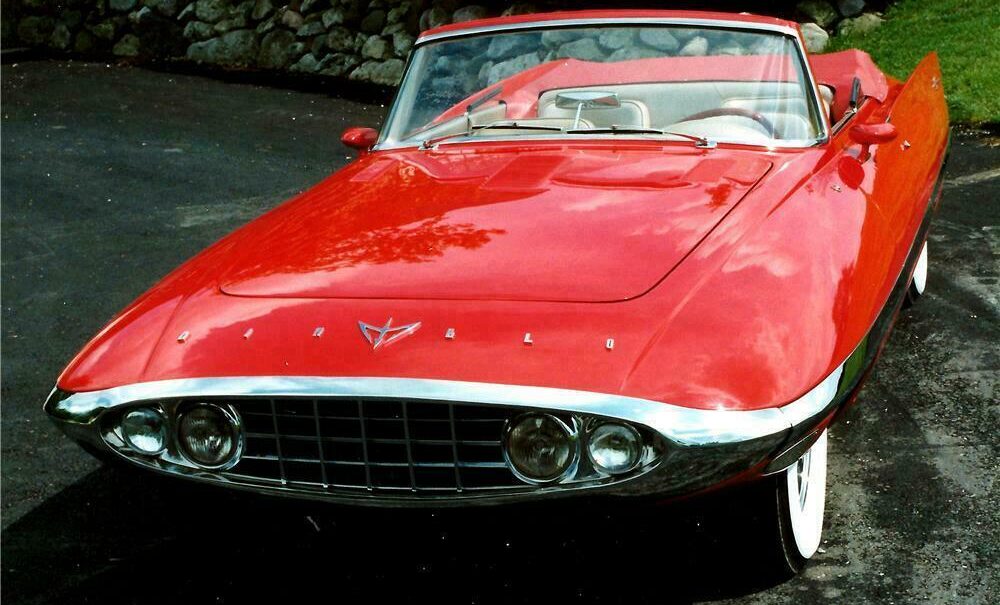
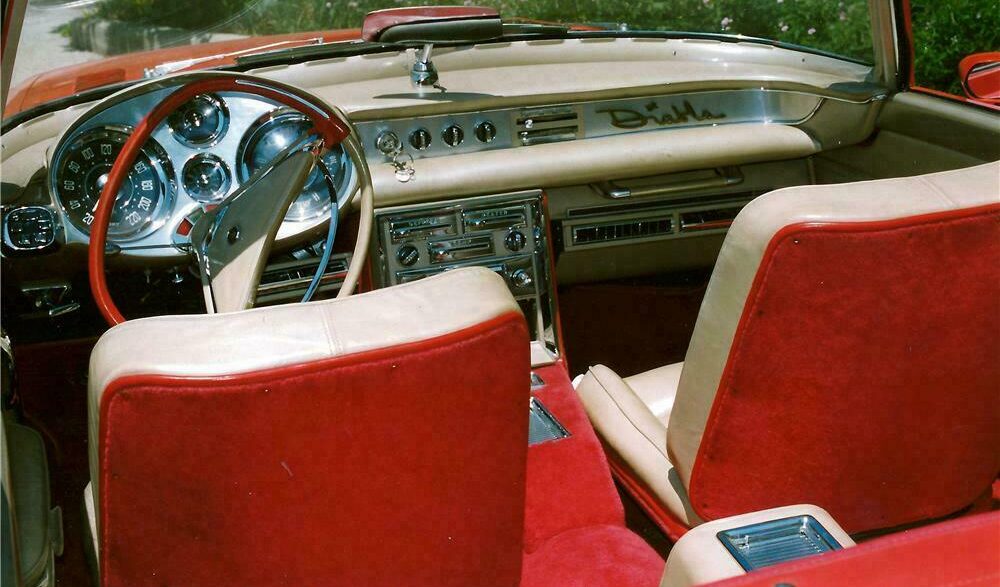
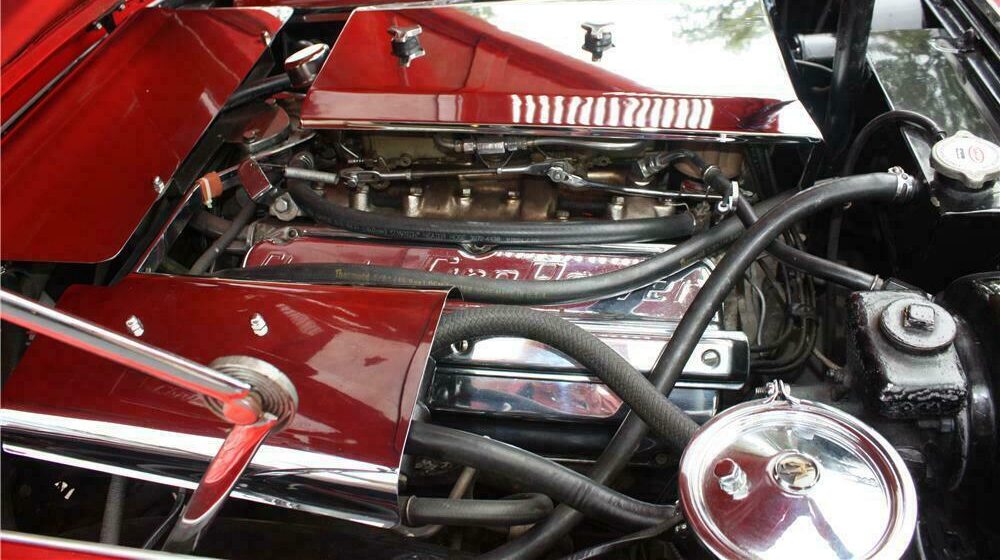
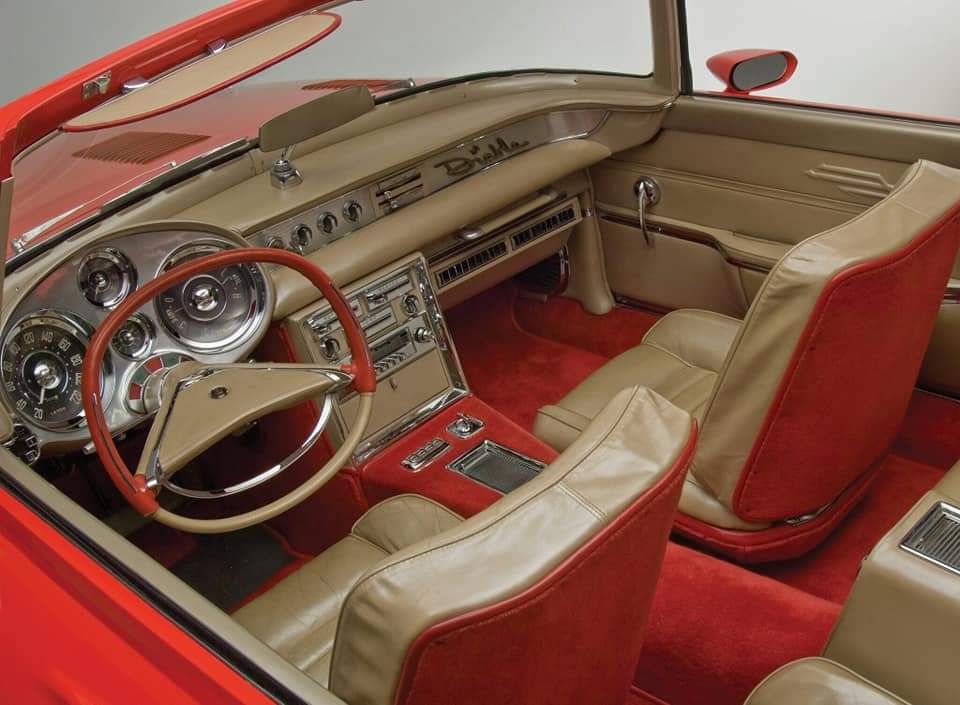
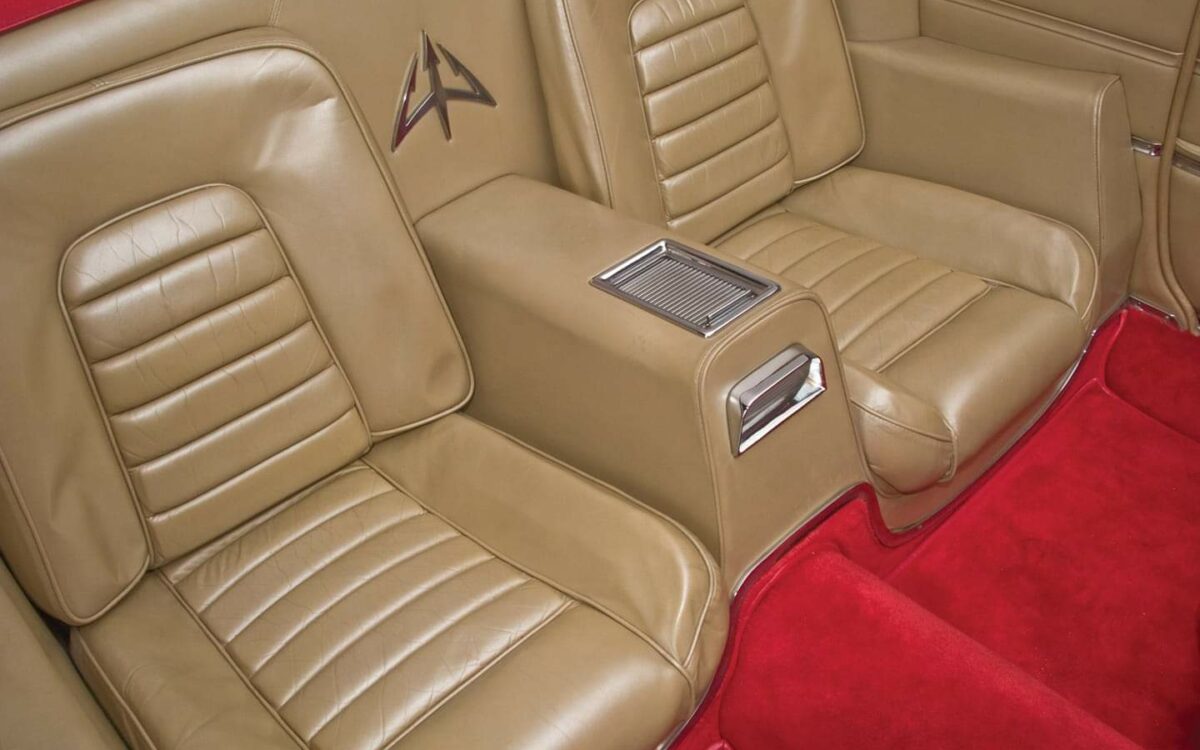











The Chrysler Diablo showcar designed by Exner and built by Ghia.
The Chrysler Diablo Concept dates back to 1957 when it became a highlight of the U.S. auto show circuit. The car was initially envisioned by Chrysler’s famous design chief, Virgil Exner, as an example of aerodynamic design from the 1950s. It’s believed that the car’s shape was inspired by observing ink blots blown by 200 mph winds over plastic models, although this influence isn’t immediately obvious in its sleek form; but we’ll take their word for it. This 22-foot-long vehicle was constructed on a shortened 1955 Chrysler 300 series chassis and included a soft convertible top, which was added by the Italian design firm Ghia from Turin. Ghia also modified the car’s design by adjusting the fins and repainting it red (it was originally black) before its debut on the 1957 U.S. auto show circuit. In 1953, Virgil Exner Sr., then the director of automotive design for Chrysler, was tasked with designing all of Chrysler’s concept cars starting in 1954. Exner quickly partnered with Ghia, one of Italy’s top coachbuilders, to bring several of his now-iconic concept show cars to life using production Chrysler chassis. According to Virgil Exner Jr., a renowned designer himself, one of the most intricate and remarkable designs his father ever produced in collaboration with Chrysler and Ghia was the 1956/1957 Chrysler Dart/Diablo. Exner not only designed this car on his personal drawing board but also benefitted significantly from wind tunnel testing during its development. The Chrysler Diablo is one of the largest custom-bodied convertibles ever built by Ghia. In its second phase, it retained a full convertible top, the basic Dart design, four bucket seats, and a futuristic dashboard reminiscent of “Star Wars.” The chassis for this car was a new 1956 Chrysler 300 off the production line, featuring a specially modified engine with two four-barrel carburetors, automatic push-button transmission, and an abundance of chrome in the engine compartment. Every detail of this car was meticulously reviewed by Virgil Exner.

The beginning In tracing the genealogy of coachbuilding firms, it turns out that they originated in the early years of the last century as…
Missing or wrong informations?
Carrozzieri-Italiani.com relies on thousend of users who help to populate the database. We do not guarantee the accuracy of the informations. Contact us if you want to contribute.
